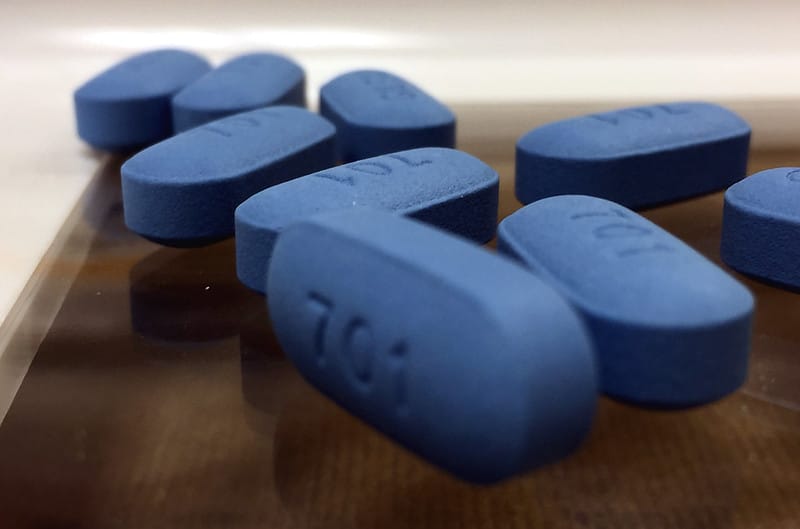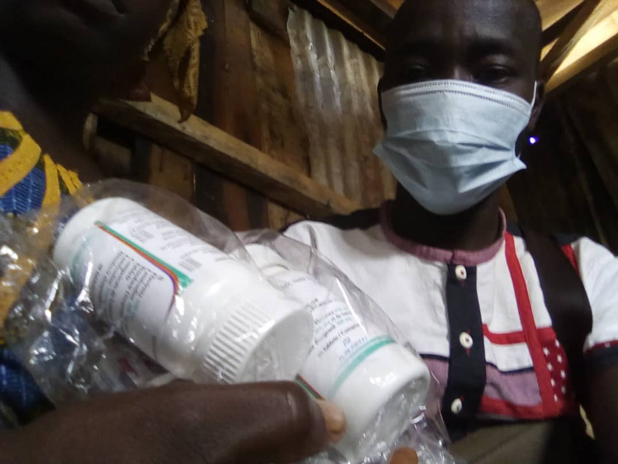How can counting the number of churches, traditional healers and marriages in Eswatini make communities healthier? The Johns Hopkins Center for Communication Programs has learned that this kind of data collection can be part of a larger strategy that engages influential local leaders to reduce HIV infection rates.
Along with the vital statistics needed to help prevent and treat HIV in the nation with the highest percentage of HIV cases in the world – more than one in four adults is infected – CCP is supporting leaders in collecting data on the number of churches and traditional healers in the regions where it works as well as the number of widows, school dropouts and other pieces of information that local chiefs want in order to run their communities better.
It’s part of a collaboration with community leaders in the small African nation designed to help them understand data in a way many never have before – and to make their communities healthier in the process.
The overall concept is to mentor community leaders on using data – statistics on HIV testing, HIV diagnoses, teen pregnancies, condom coverage and more – to improve health outcomes. Using tablets provided by CCP’s Breakthrough ACTION – known as HC4 in Eswatini – leaders think through where to obtain the data, look at maps and charts created from the data, visualize the issues in a new way and direct resources where they are needed most. HC4 is gathering extra information requested by the chiefs (that’s where the churches come in) to encourage buy-in and ownership of the program.
“Everyone wants digital solutions. Everyone wants apps and tablets and pie charts on a phone,” says Natalie Tibbels, MSPH, a monitoring officer at CCP who configured the software platform for the chiefs. “But if you’re not really taking the time to understand what people in the community want and need, you’ll invest time and money in a system nobody uses.
“What we’re hoping to show is that engaging local leaders improves HIV outcomes.”
In the past in Eswatini (formerly known as Swaziland), international NGOs often collected data in communities but did not feed it back to them.
HC4 has been building relationships with community leaders to bring them into the fold. They hold leadership workshops all over the country to explain, among other topics, the ins and outs of data collection and how to read maps and charts created by the software. Leaders are then enrolled into an ongoing mentoring program to ensure that the desire and capacity for data collection and use is sustained.
“Data collection by the chiefdoms is new. They have never done it before,” says CCP’s Themba Matsebula, a monitoring and evaluation officer in Eswatini. “So we … advise them on how best they can get the data and how they can make the community understand the need for data as a chiefdom. Some of the chiefdoms have started taking action as a result of the data they have collected so far.”
In one part of Eswatini, Matsebula says, school enrollment data showed an alarming number of girls were dropping out due to pregnancy. When the chief saw the data, she says, he was shocked and instructed leaders to come up with a plan to turn things around. The plan included a community event to educate his people about sexual and reproductive health and HIV prevention.
Indvuna Frank Mathunjwa has learned the hard way what happens if there isn’t proper data. Water scarcity is a big problem in his chiefdom and not long ago he was asked by NGOs about water and sanitation risks there. “I failed to provide [the statistics] and estimated very low figures,” he says. “As a result, we [still] drink dirty water and suffer from many water-borne diseases as a chiefdom.”
With HC4, he says, he is “happy we have the data so that we plan well [and are] not guessing.”
Beth Mallalieu, MPH, a senior program officer at CCP, says by involving leaders “we are building their capacity to use data in order to make informed decisions.”
Stigma and social norms, for instance, remain major barriers to getting people tested for HIV and then treated if they test positive. Some people are so afraid of how a positive diagnosis will change their lives – and how others react to them – that they will shy away from being tested at all.
“When a leader sees the data on the number of people living with HIV in his chiefdom, he may say, ‘Why are we shunning them?’ and call services to his community,” Mallalieu says. “If they see only five percent of those in the community are being tested for HIV, they can contact an NGO and bring testing to the community.
“At the end of the day,” she says, “they know their communities best.”





